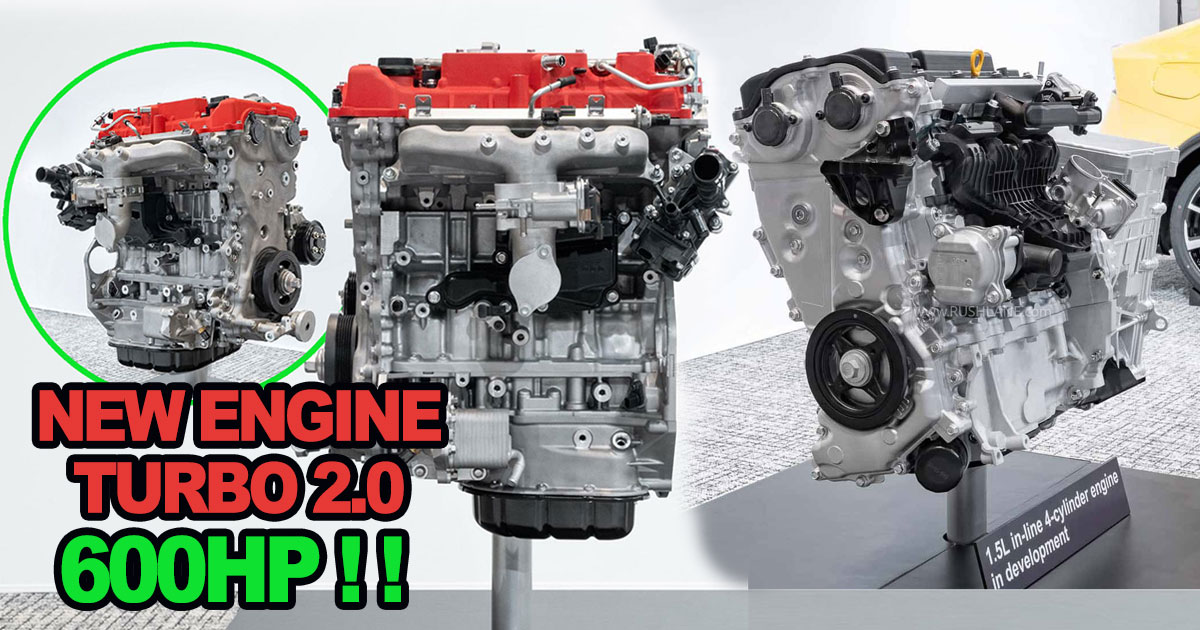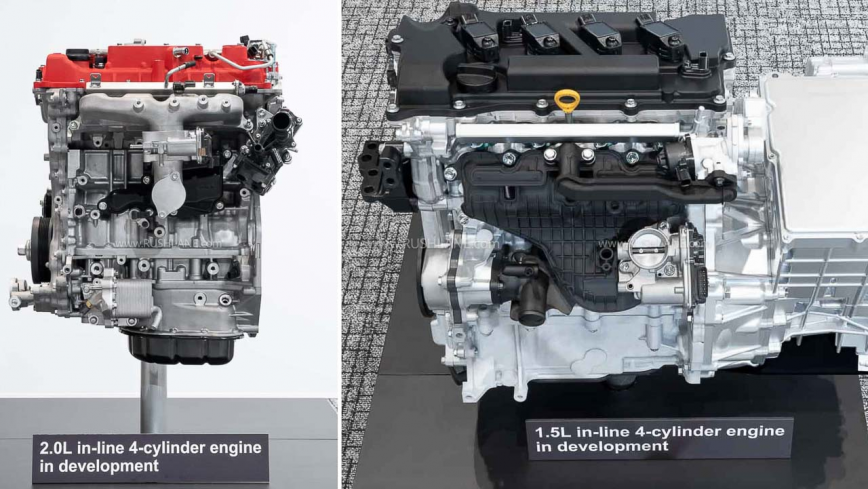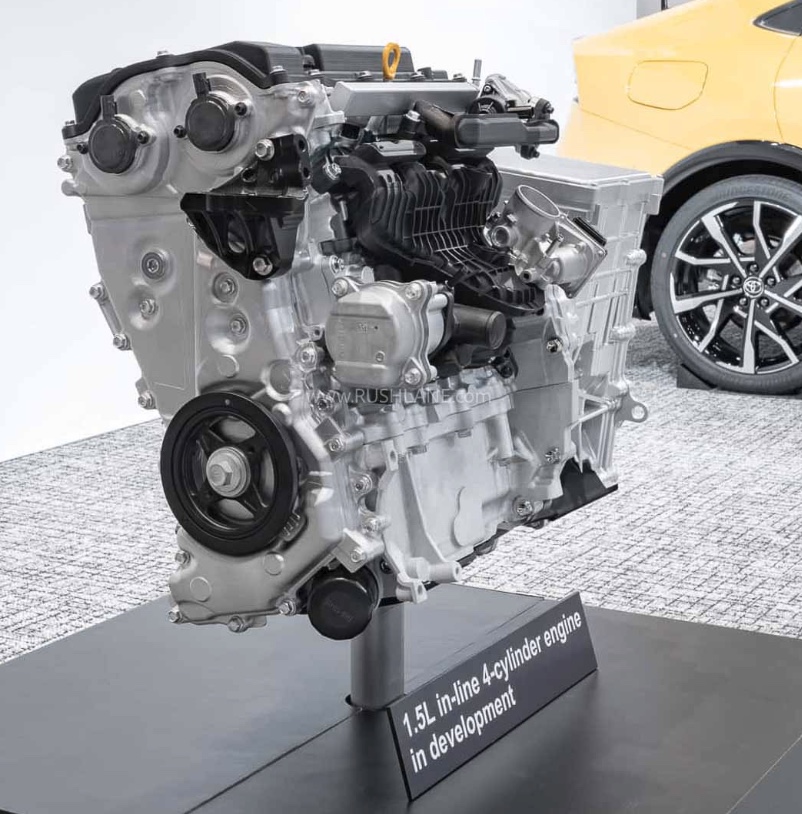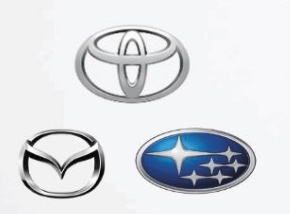New Toyota 2.0 Turbocharged Engine Delivers High Power!

Toyota’s New Turbo Engines: Compact Powerhouses for the Future of Performance
Toyota has always been a brand that merges innovation with reliability. Now, it’s taking another giant leap forward by unveiling a new lineup of turbocharged engines that promise to revolutionize performance. With the automotive world buzzing about electric vehicles, Toyota remains committed to refining internal combustion engines (ICE), proving that there’s still plenty of life in traditional powertrains. These new engines are not just about efficiency—they’re about delivering serious power in a compact form, and they’ve got enthusiasts talking.
Toyota’s Vision: ICEs Still Have a Future
Akio Toyoda, the chairman of Toyota, recently made headlines by predicting that battery-powered electric vehicles (EVs) will never surpass a 30-percent market share. This statement comes at a time when the world is rapidly shifting towards electrification, but Toyota isn’t abandoning the internal combustion engine. Instead, they’re rethinking and refining it. Toyoda believes that the real enemy isn’t the engine itself but the carbon emissions it produces. With that in mind, Toyota continues to develop ICEs that are cleaner, more efficient, and, crucially, more powerful.
Introducing the New Turbocharged Engines
Toyota’s latest announcement is a game-changer. The company revealed a new family of inline-four engines designed to work with both traditional fossil fuels and carbon-neutral alternatives like liquid hydrogen, synthetic fuels, and biofuels. This new lineup includes three distinct engines, each tailored for different applications but all sharing the same DNA of efficiency and power.

The first engine is a naturally aspirated 1.5-liter unit, about 10 percent smaller in both volume and height compared to its predecessor. Despite its reduced size, it’s more powerful and efficient, shedding around 10 percent of its weight. This engine is optimized for hybrid and plug-in hybrid vehicles, making it a key player in Toyota’s future lineup.

The second engine is a turbocharged 1.5-liter unit, which is even smaller and more efficient than the naturally aspirated version. Toyota has managed to reduce its volume by 20 percent and its height by 15 percent, all while maintaining the same power output as the larger 2.5-liter engine it replaces. The efficiency gains are impressive, with a 30 percent improvement over the current model.
But the real star of the show is the new turbocharged 2.0-liter engine. This powerhouse is 10 percent smaller in volume and height compared to Toyota’s existing 2.4-liter turbo engine. Despite its compact size, Toyota promises significantly more power and a 30 percent boost in efficiency. With nearly 600 horsepower on tap, this engine is poised to set new benchmarks in the world of high-performance cars.
The Power of Collaboration: Toyota, Subaru, and Mazda
Toyota’s new engines aren’t just a solo effort. The Japanese automaker has teamed up with Subaru and Mazda to develop these cutting-edge powerplants. This collaboration makes perfect sense given Toyota’s 20-percent stake in Subaru and 5-percent ownership of Mazda. Each company brings its unique expertise to the table, creating engines that are not only powerful but also adaptable to various platforms.

Subaru is focusing on a next-generation hybrid system centered around its iconic boxer engine, while Mazda is investing in its rotary engine technology to serve as a generator. These diverse approaches highlight the versatility of Toyota’s new engines, which are designed to be the backbone of a wide range of vehicles.
The Future of Carbon-Neutral Fuels
While Toyota is pushing the boundaries of engine technology, it’s also looking to the future of fuel. The company is exploring the possibility of establishing a carbon-neutral fuel supply chain, a crucial step in keeping ICEs viable in a world increasingly focused on reducing carbon emissions. Toyota is joining forces with Japanese petroleum giant Idemitsu Kosan, the country’s largest oil company Eneos, and Mitsubishi Heavy Industries to make this vision a reality.
This initiative aims to decarbonize internal combustion engines, ensuring they remain a viable option for decades to come. By developing and promoting carbon-neutral fuels, Toyota hopes to keep the flame of traditional engine technology burning bright in a market that’s increasingly leaning towards electrification.
What These Engines Mean for Future Toyota Models
Toyota’s new engines are more than just technical marvels—they’re a glimpse into the future of the brand’s performance cars. The compact size and high power output of these engines make them perfect candidates for sports cars, and rumors are already swirling about their potential applications.
One of the most exciting prospects is the return of the Toyota MR2, a beloved mid-engine roadster that has been absent from the lineup for years. The new 2.0-liter turbocharged engine, combined with Toyota’s GR-Four all-wheel-drive system, could power a modern MR2, offering a thrilling blend of performance and agility.
Another possibility is the revival of the Toyota Celica, a front-engined, two-door coupe that could also benefit from the new engine’s compact size and high output. With nearly 600 horsepower on tap, a new Celica could be a serious contender in the sports car market, offering a blend of performance, efficiency, and Toyota’s legendary reliability.
Revolutionizing Vehicle Packaging
One of the most intriguing aspects of Toyota’s new engines is their impact on vehicle packaging. By reducing the size of these engines, Toyota can lower the hood of its cars, improving aerodynamics and fuel efficiency. This could lead to sleeker, more streamlined designs that not only look good but also enhance performance.
Toyota has already showcased the new engines in a Prius prototype, demonstrating their potential to revolutionize the way cars are designed. The reduced footprint of these engines allows for more flexibility in vehicle design, enabling Toyota to create cars that are not only faster and more efficient but also more aesthetically pleasing.
The Legacy of Toyota’s Engine Innovation
Toyota’s commitment to innovation has always been a key part of its success. From the development of the first mass-produced hybrid car, the Prius, to the creation of high-performance engines for its sports cars, Toyota has consistently pushed the boundaries of what’s possible.
The new turbocharged engines are a continuation of this legacy, representing the next step in Toyota’s ongoing quest for perfection. By combining cutting-edge technology with a deep understanding of the internal combustion engine, Toyota is proving that there’s still plenty of room for innovation in the world of traditional powertrains.
Conclusion: A Bright Future for Toyota’s Engines
Toyota’s new turbocharged engines are more than just a technological achievement—they’re a statement of intent. In a world increasingly dominated by electric vehicles, Toyota is showing that internal combustion engines still have a vital role to play. These engines are not only more powerful and efficient but also adaptable to the changing demands of the automotive industry.
As Toyota continues to refine and develop its engine technology, enthusiasts can look forward to a future filled with exciting new models that blend performance, efficiency, and sustainability. Whether it’s a reborn MR2, a revived Celica, or an entirely new sports car, Toyota’s commitment to excellence ensures that the future of performance is in good hands. Photo Credit – Rushlane follow Rushlaneon Instagram!

